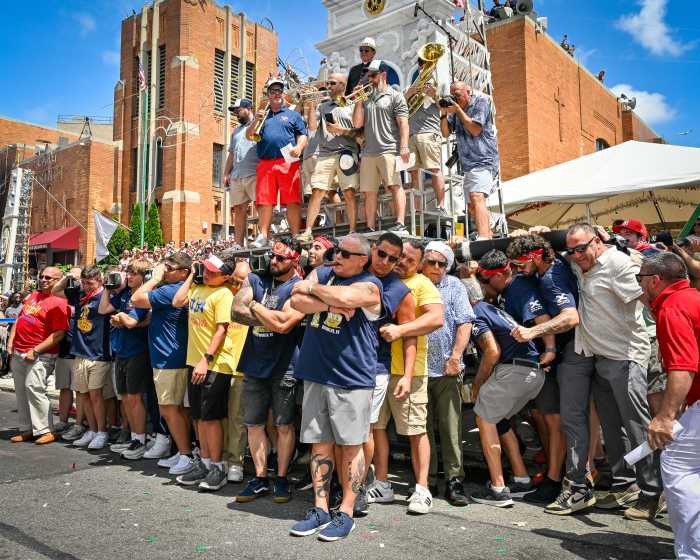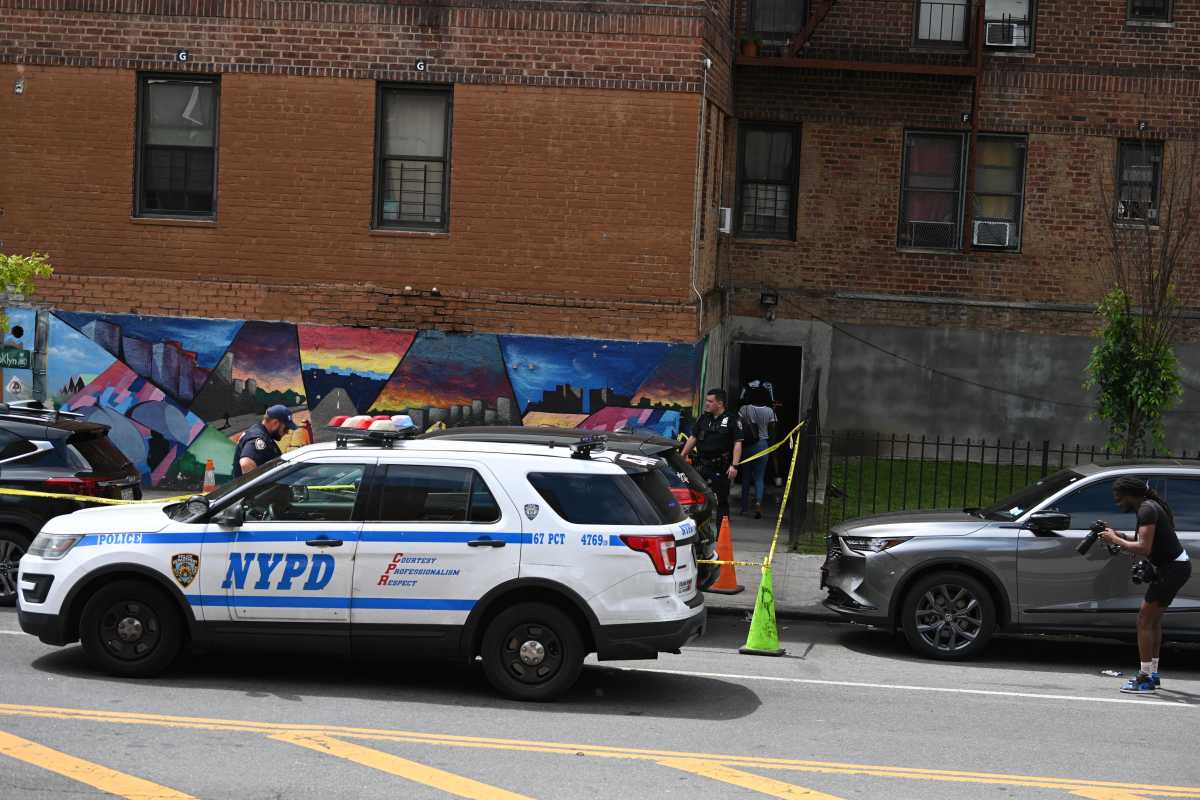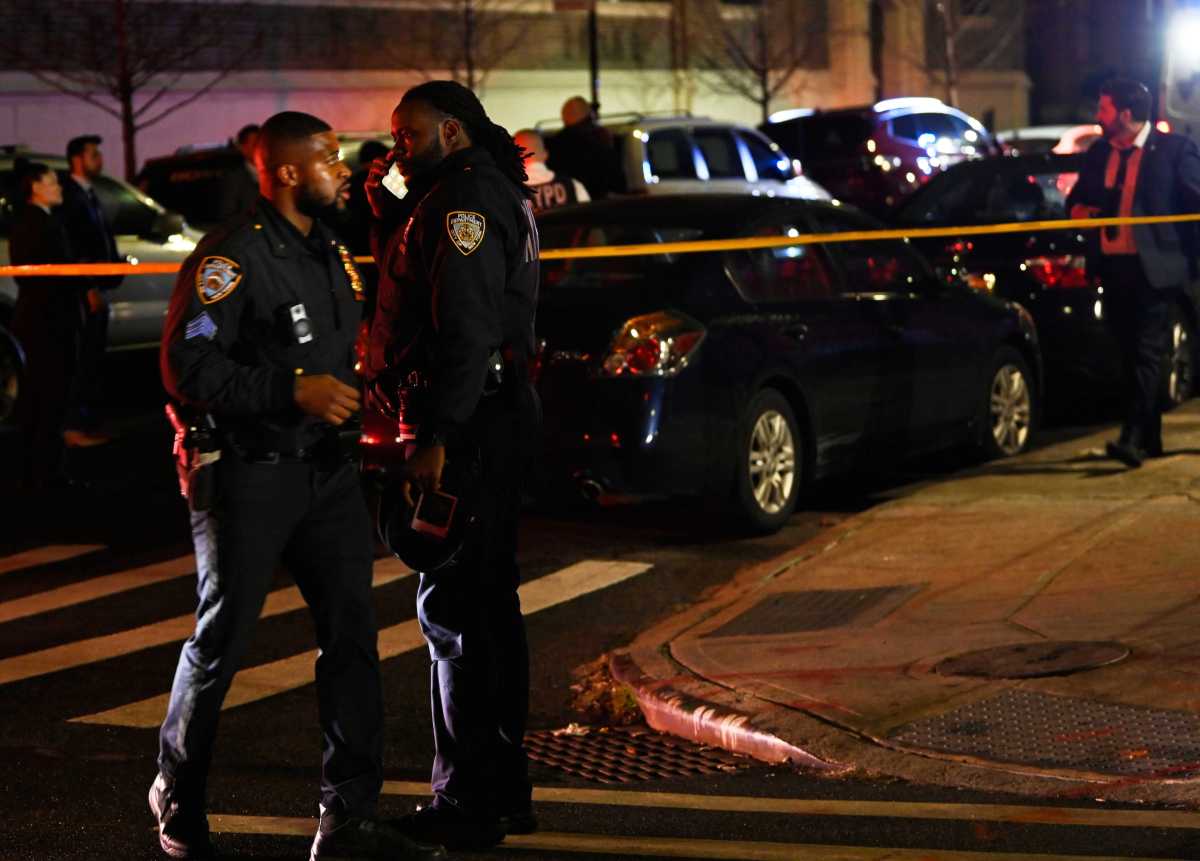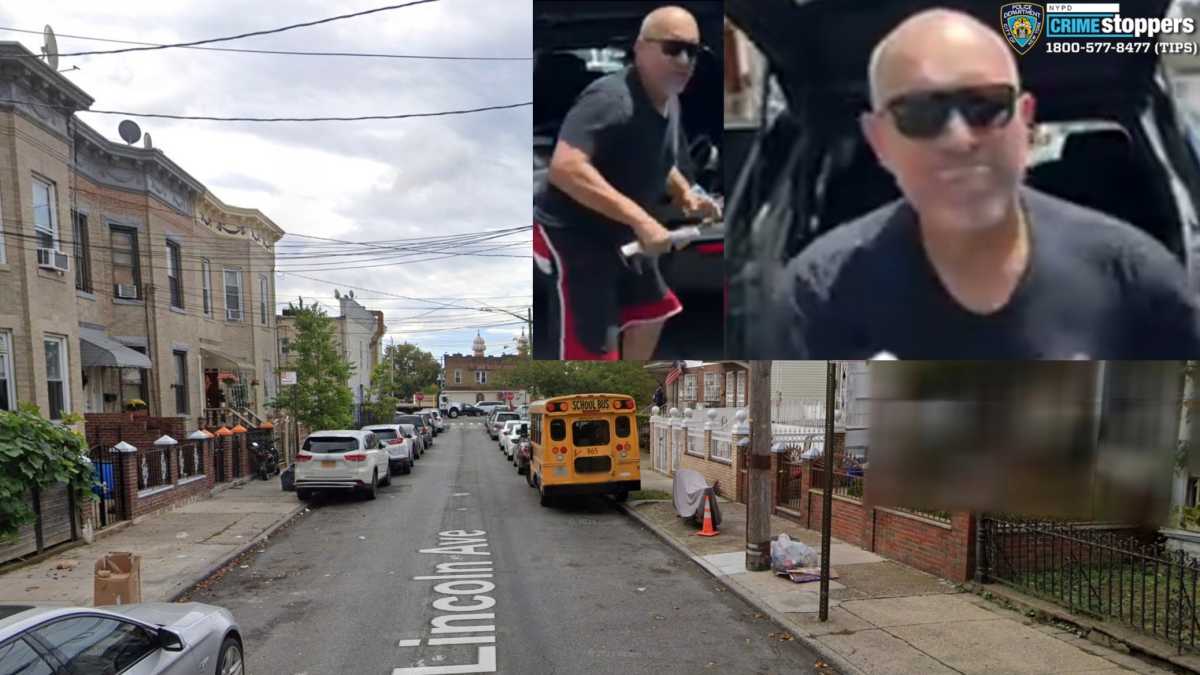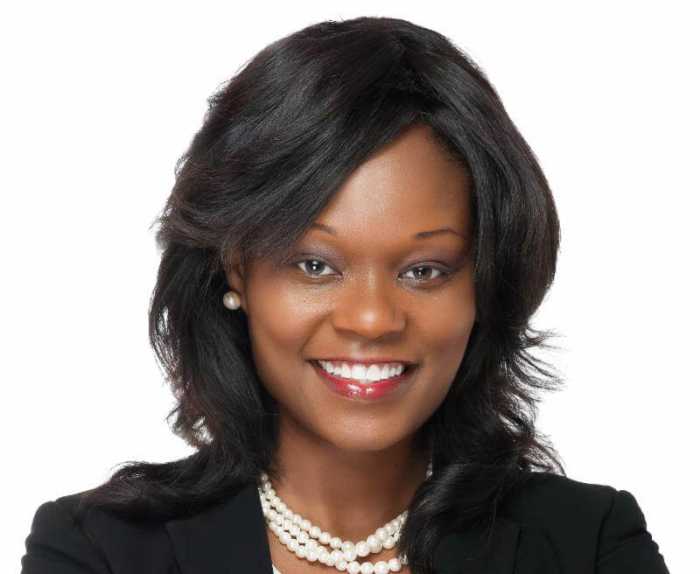Brooklynites can expect to see a cruise ship terminal completed as early
as next summer, city officials announced Tuesday before a joint City Council
committee hearing.
And if the cruise ship terminal, to be built at Pier 12, is successful,
Piers 10 and 11 could be cleared of existing maritime businesses by as
early as 2007.
The American Stevedoring cargo company currently uses those piers and
is awaiting Port Authority of New York and New Jersey approval for a lease
extension that would consolidate their operations onto Piers 8-10 for
the next three years. But the city’s Economic Development Corporation,
the agency charged with implementing the $150 million cruise ship venture,
hopes down the line to “morph” Piers 10 and 11, into use exclusively
for cruise ships.
The outcome, EDC Vice President Kate Ascher told the council members,
will depend on the success of the cruise industry at Red Hook’s Pier
12.
The meeting was dominated by Brooklyn council members, including David
Yassky, Diana Reyna, Letitia James, Erik Martin Dilan, Vincent Gentile,
Sara Gonzalez, and Yvette Clarke. It was hosted by the Waterfronts and
Economic Development committees.
“I think it is plain, Mr. Chair, that Brooklyn’s in the house,”
Yassky said dryly to Councilman James Sanders Jr., chairman of the Economic
Development committee, as he introduced each member coming in.
Yassky, who chairs the Waterfronts committee, did much of the questioning,
probing EDC officials about forecasts for the development, and other members
took turns asking just what Red Hook could expect to see of boat traffic,
jobs and traffic remediation in the months and years ahead.
Ascher used a slide presentation and indicated that in June the Carnival
and Norwegian cruise lines had signed “patronage commitments,”
or letters of agreement, to use New York City exclusively for their area
ports, to pay raised tariff fees through 2017 that would supply $200 million
and would be increased each year following completion of the developments,
and commit to broadening their tourist base by helping promote the city
to customers, which Carnival CEO Howard Frank said includes “adding
extra overnight stays in New York.”
In return, the city will supply $150 million over 10 years for renovations
of the berths already in use on the West Side of Manhattan (which are
currently underway using another $51 million in city funds), and to develop
a terminal and berth for use by ships of all sizes in Brooklyn, that could
also help absorb the overflow during Manhattan’s improvements.
Ascher discussed renderings of a master plan at the hearing, which depicted
a bright, open terminal built in an already existing warehouse, and showed
people in lines similar to those at an airport.
Ascher said the schematic design was being reviewed by EDC’s oversight
committee.
As many as 600 new jobs, said Ascher, are anticipated as a result of the
Brooklyn development by as early as next summer, at which point the terminal
would be “fully operational.” But just when there will be a
cruise tenant to supply the jobs was still up in the air.
Testifying after Ascher, Carnival CEO Howard Frank said he did not anticipate
opening for business on the Brooklyn berth until spring 2006, nearly a
year later than the city’s estimate.
“We’ve committed to our schedules for 2005 already,” he
said, when asked by Yassky when the jobs would become available.
Kenneth Adams, president of the Brooklyn Chamber of Commerce, clarified
that the lines themselves wouldn’t do most of the hiring, but most
jobs would be “shore-side” positions, and include “all
those categories of jobs that are local because they serve the ship,”
including “taxis, limousines, terminal operations, the provisioning
of ships, logistics, communications professional services and much more.”
Adams said the figure of 600 projected jobs was obtained using the Queen
Mary II cruise liner, the largest in the world, as a model for the size
of ship that would be docking at Pier 12, and suggested EDC may hire subcontractors
that could work with area businesses and his agency to ensure local hiring.
And while EDC officials said they would be taking operational control
of those piers, that, too, seems to be in dispute.
The Port Authority, which occupies some of the piers from the city in
leases that run roughly through 2026 — and owns others has yet to
issue a lease or sublease to the EDC. While Ascher said they anticipated
a lease would be signed within “the next few weeks,” no date
has been set.
Yassky suggested the EDC work on wresting pier control from the Port Authority.
“They’re city owned, am I right?” Yassky asked.
Ascher said it was a “patchwork” of ownership and noted that
discussions had begun to consider breaking the authority’s lease
on the uplands of Pier 11, parts of Pier 10 and the upland between piers
9 and 10. “It’s exactly what we should be doing,” she said,
but added as much as they want to “take the Port Authority off the
hook for its lease obligations,” and secure Port Authority-owned
land, it would take time.
Additionally, American Stevedoring has been operating without a lease
since April, and company officials are also waiting for a commitment from
the Port Authority to find out how much longer they will be able to stay.
The problem didn’t evade Yassky’s notice.
“Since both 11 and 10 are now part of the container terminal lease
should we see this as a gradual supplanting of the container terminal
by the cruise ship terminal, or is there room for both?” he asked
Ascher.
“The understanding is that the pier will morph into a cruise terminal
starting in 2007,” she replied.
“Whether we build that year or not depends on demand, and the containers
will move somewhere else,” Ascher said. “Our intention is to
build out three berths for cruise, which is what the 20-year master plan
says we need, and intend to accommodate.”
American Stevedoring spokesman Matthew Yates told The Brooklyn Papers
that his company, which has a new president, former city Department of
Environmental protection Commissioner Christopher Ward, taking the helm
on Monday, isn’t too concerned.
“I don’t believe it’s a threat,” that ships would
replace the longstanding stevedoring company, Yates said. “We’ll
see what happens, but it’s a long way off,” he said, referring
to the 20-year plan. He also emphasized there would be room for both businesses
on the piers, a point that Yassky had made at the hearing.
“I don’t think we should be saying goodbye to 300 or more well-paying
jobs at the container terminal,” Yassky said.
Craig Hammerman, district manager of Community Board 6, also spoke of
sharing, and asked that development of Pier 11’s new roadway be designated
a truck route to lighten the burden on Van Brunt Street, which is currently
used for local traffic, bus routes, truck routes, and will become a thoroughfare
for the Red Hook Ikea.
Red Hook Councilwoman Sara Gonzalez, who arrived half an hour late to
the hearings, said she would become more involved on behalf of her community,
which will be the most seriously affected by the pier changes.
“We understand it will be a wonderful thing that will someday be
a great economic boost to the city, but right now we have to make sure
the community people are represented,” she said. “I think the
dialogue will just continue, as it did with Ikea.”


